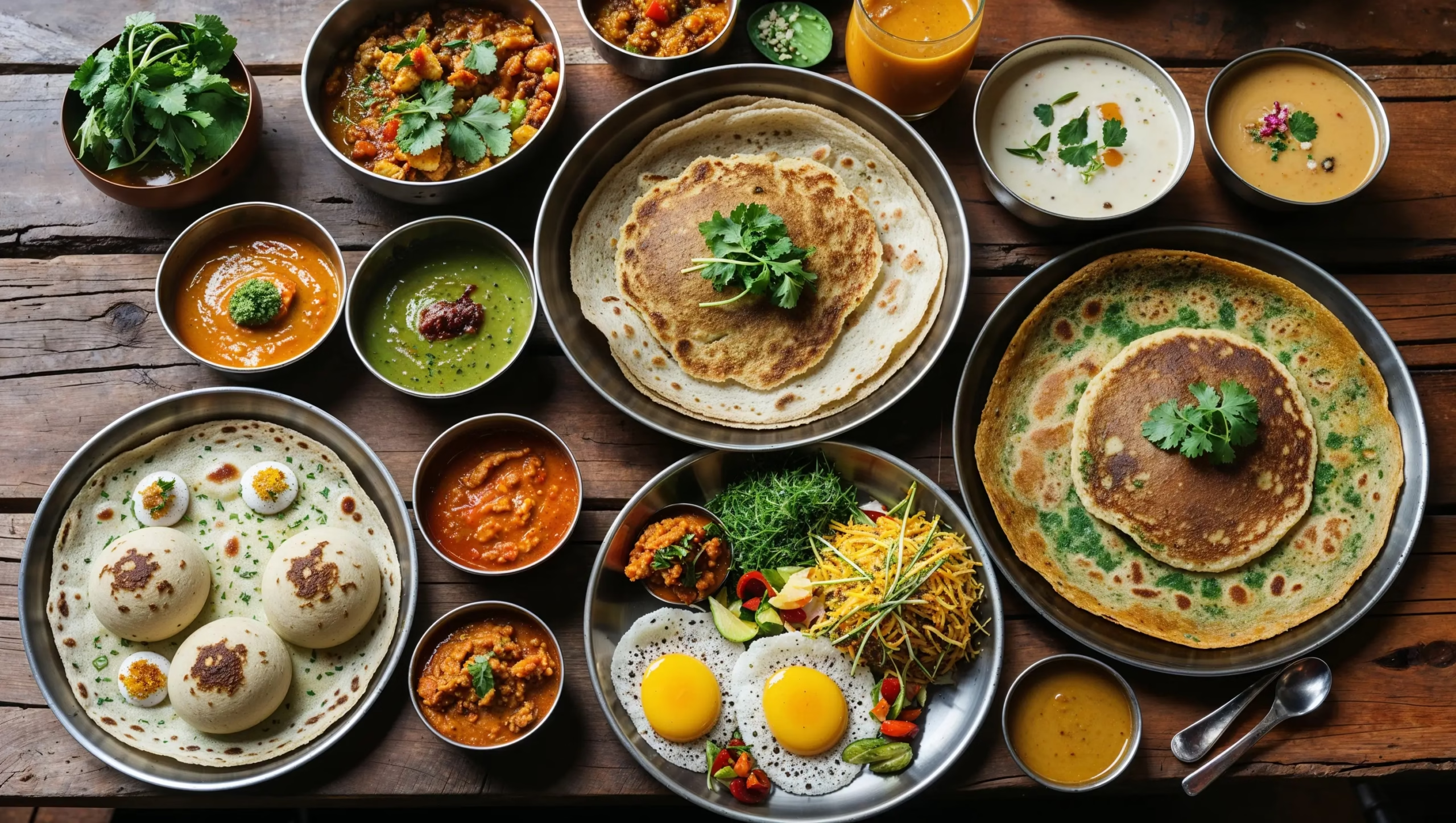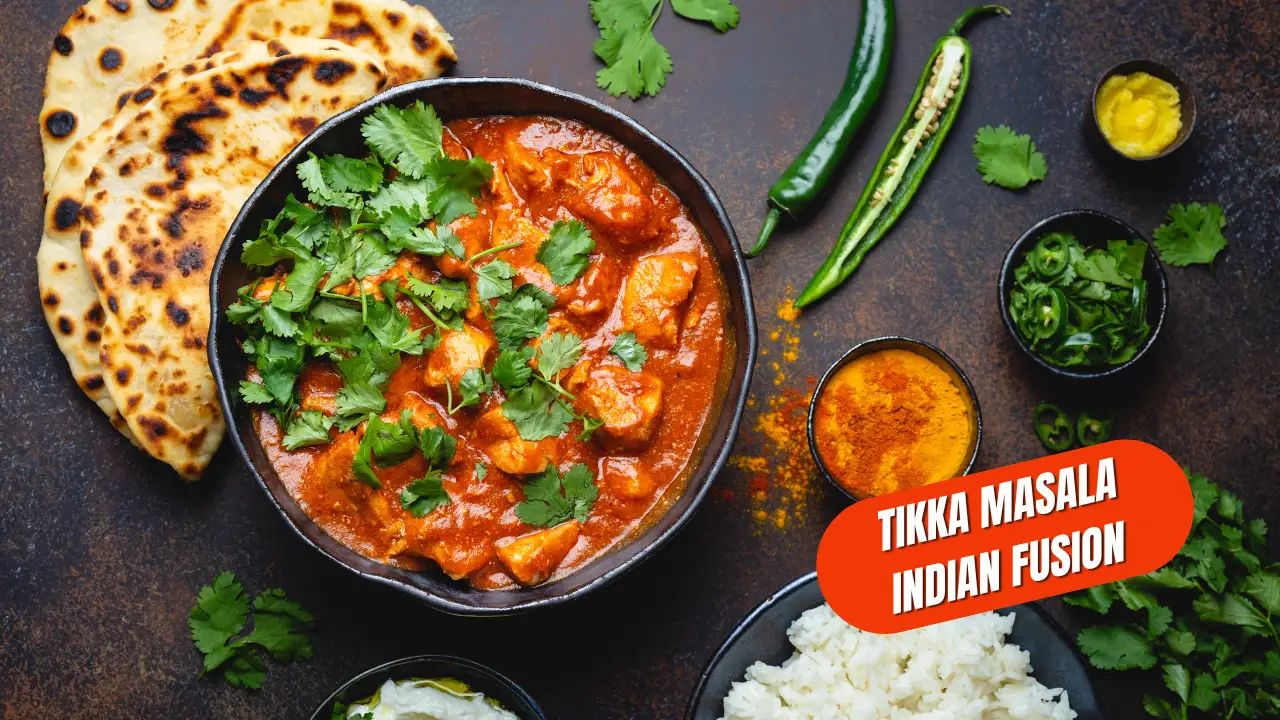Exploring the Rich Tapestry of Traditional Indian Breakfasts: A Culinary Journey Through Morning Meals

Picture this: The sun rises over Mumbai, and the aroma of poha (flattened rice) wafts through bustling lanes. In Kerala, a family ...
Read moreDiscover Delicious Kodo Millet Recipes: A Personal Journey to Healthier Cooking
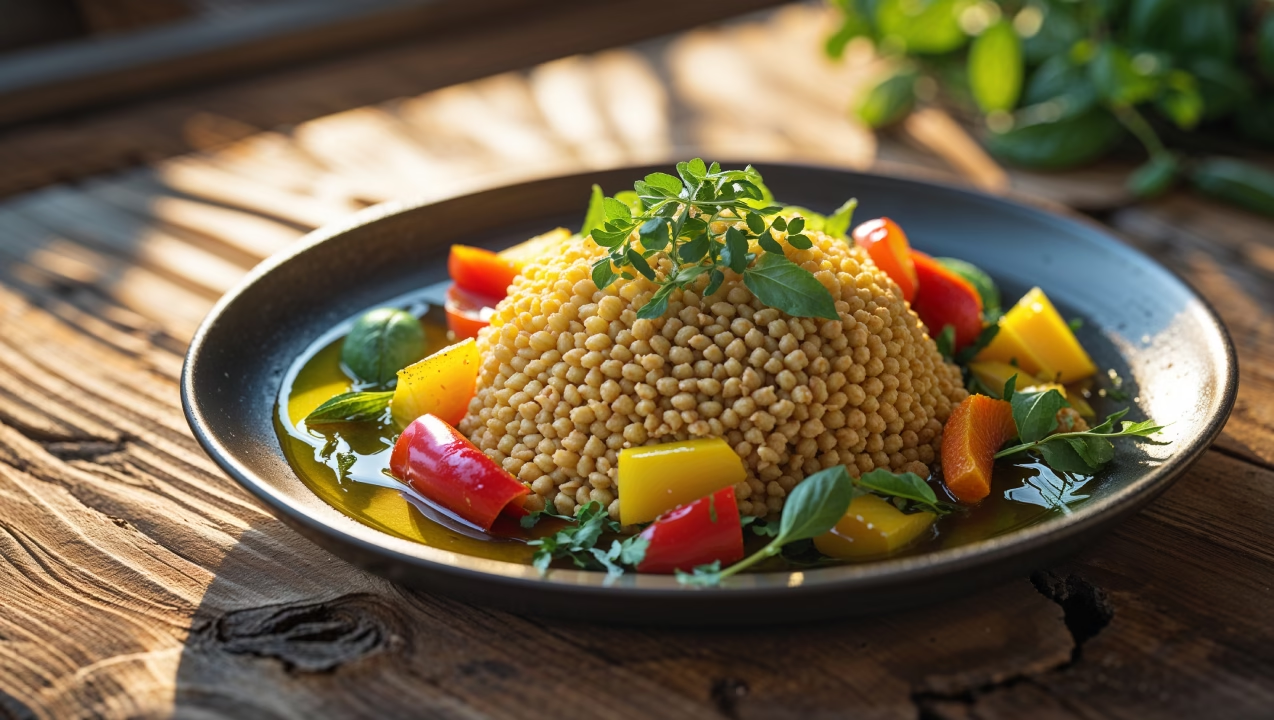
Lately, I’ve been on a quest to incorporate more nutritious ingredients into my daily meals—and that’s when I discovered kodo ...
Read moreUnlock Winter Wellness with Traditional Indian Home Remedies

Winter brings the charm of cosy nights, piping hot chai, and the excitement of festive celebrations. But let’s not forget ...
Read moreHow to Make Dhokla: A Delicious Guide to This Iconic Indian Snack
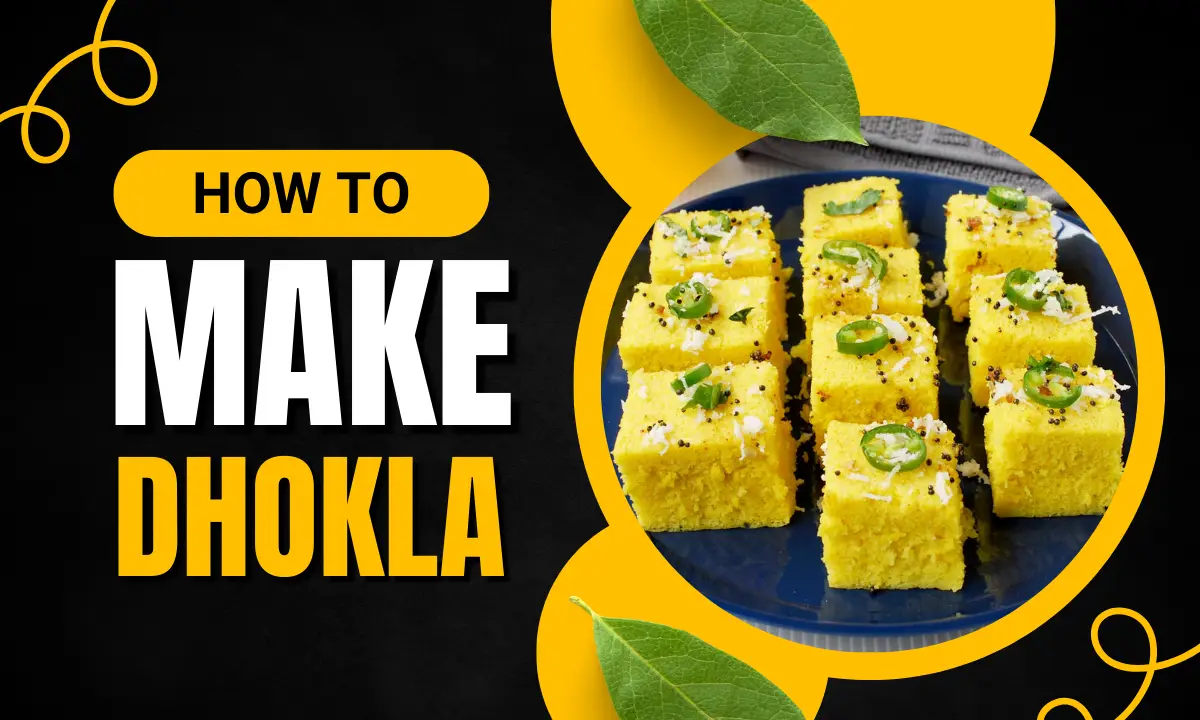
Dhokla is more than just a snack; it’s a staple of Gujarati cuisine that has won hearts across India and ...
Read moreLow-Calorie Indian Dinners: Vegetarian Recipes & Weight Loss Tips
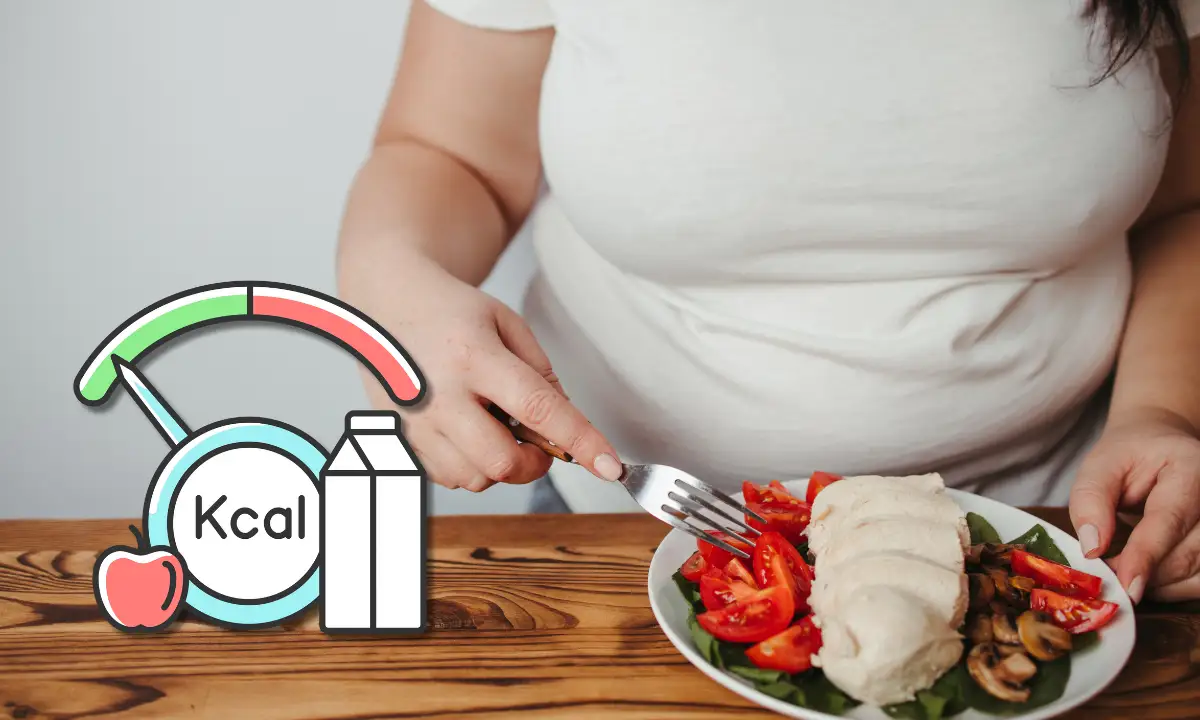
In today’s fast-paced world, more and more people are turning to healthy eating habits to maintain an active and balanced ...
Read moreBest Indian Diet and Dinner Recipes for Weight Loss
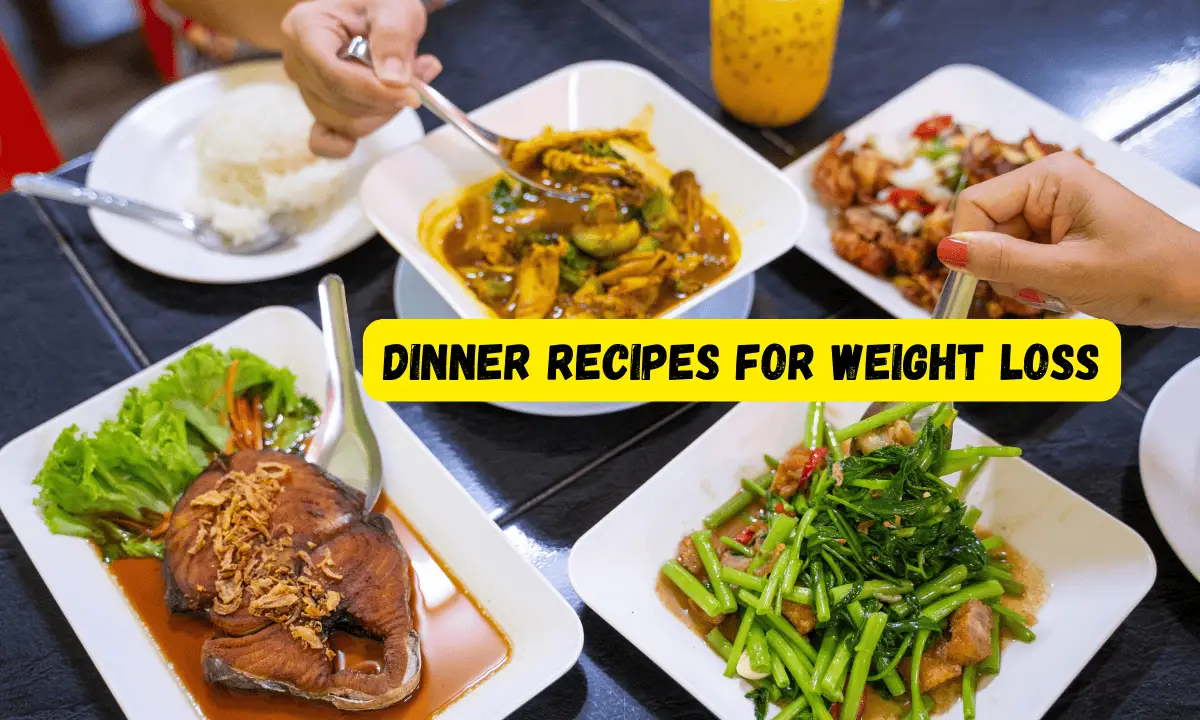
Starting your weight loss journey can feel overwhelming, especially when it comes to deciding what to eat for dinner. However, ...
Read more
